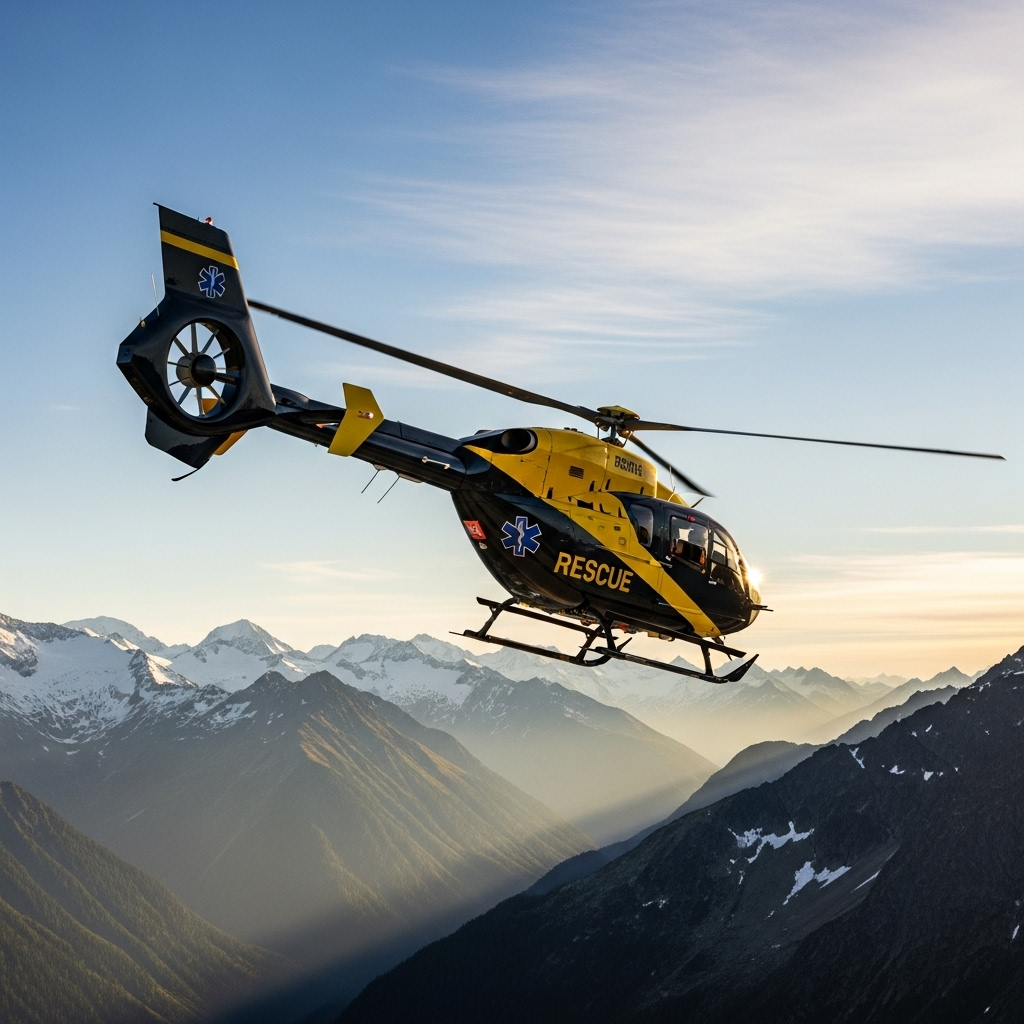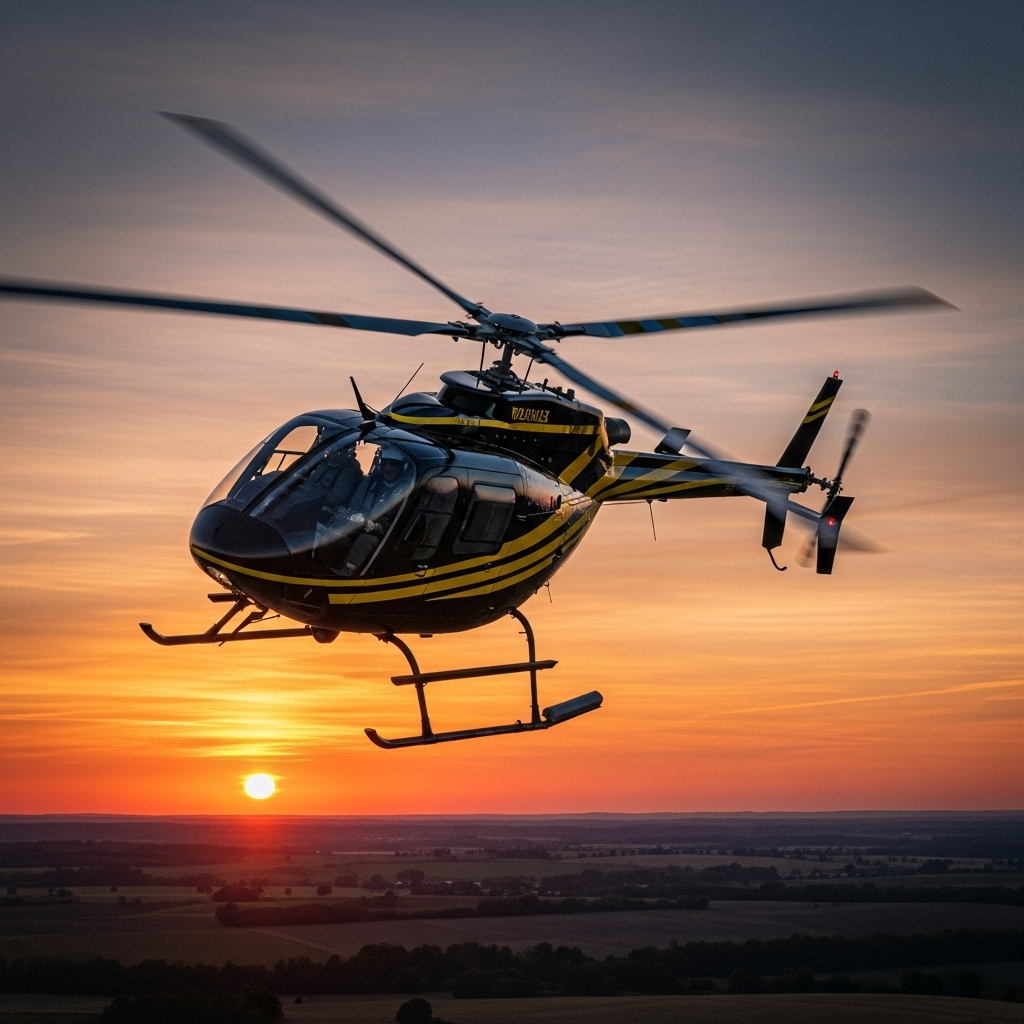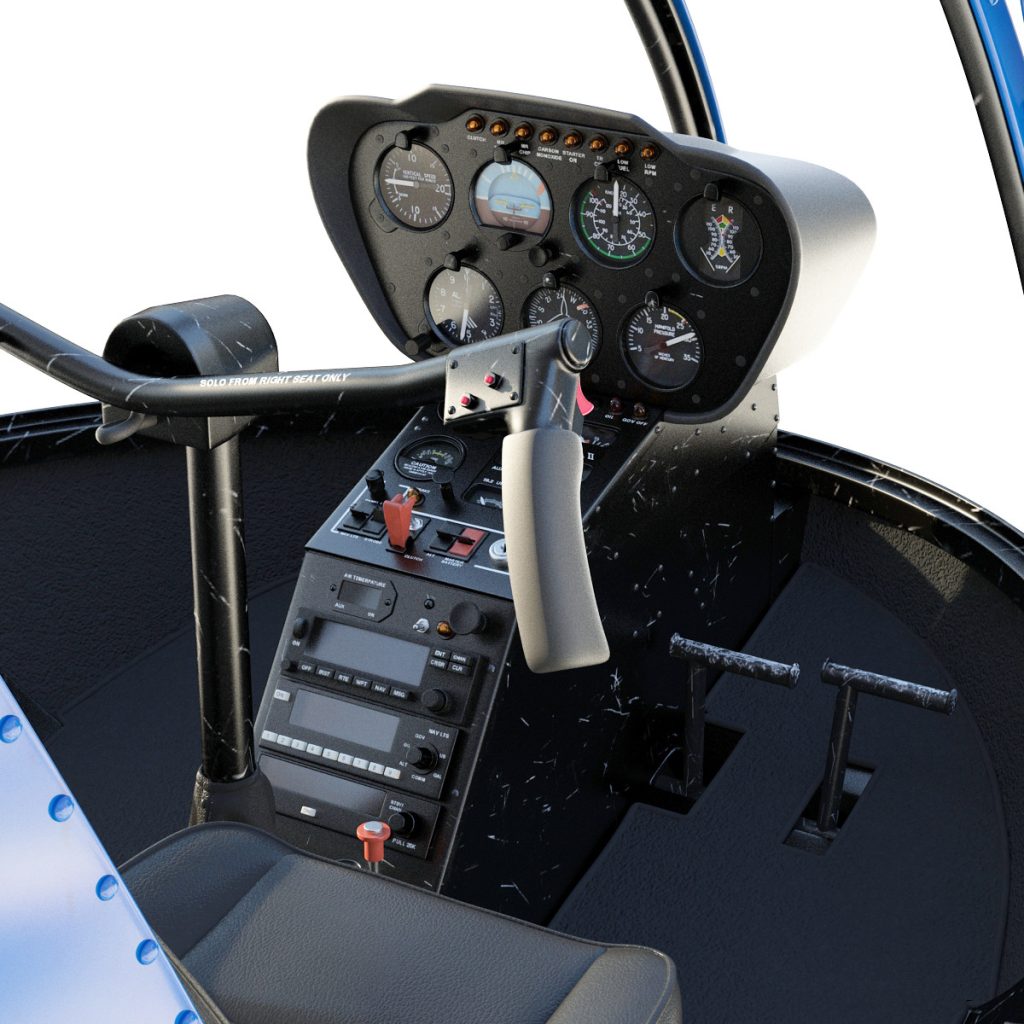Embarking on the journey to become a pilot involves not only mastering navigation, control, and communication skills but also preparing for the myriad of situations that could arise unexpectedly during flight. Emergency procedures are a critical component of pilot training, equipping student pilots with the knowledge and confidence to handle unforeseen circumstances safely and effectively. By understanding and practicing these procedures, student pilots can mitigate risks, enhance safety, and develop a proactive mindset that is essential for responsible aviation. This article outlines some of the essential emergency procedures every student pilot should know, focusing on engine failures, adverse weather conditions, and emergency landings.
Understanding the Importance of Emergency Procedures in Student Pilot Training
Emergency procedures form the backbone of safe flight operations and are integral to comprehensive pilot training. For student pilots, familiarizing themselves with these protocols ensures they can respond swiftly and correctly when unexpected situations occur. These procedures serve to minimize panic, prevent further complications, and safeguard lives and property. Through repeated practice and mental rehearsal, student pilots develop muscle memory and confidence, enabling them to act decisively under pressure. Recognizing the importance of emergency procedures fosters a safety-first attitude and prepares aspiring pilots to handle real-world challenges with professionalism and calmness.
Recognizing and Responding to In-Flight Engine Failures
An in-flight engine failure is one of the most critical emergencies a student pilot might face, and prompt recognition is vital for a safe response. Common signs include a sudden loss of power, unusual engine noises, or fluctuating engine instruments. Upon recognizing an engine failure, the pilot should immediately establish the best glide speed, identify a suitable emergency landing area, and perform the engine failure checklist—such as adjusting fuel and mixture settings, checking for fuel starvation, and attempting restart procedures if possible. Maintaining control of the aircraft, communicating with air traffic control, and executing a planned emergency landing can significantly increase the chances of a safe outcome. Training in engine failure scenarios ensures that student pilots are prepared to act swiftly and systematically when faced with such a life-threatening situation.
Managing Unexpected Weather Conditions and Turbulence
Weather conditions can change rapidly during flight, presenting challenges like unexpected turbulence, storms, or sudden wind shifts. Recognizing signs of deteriorating weather—such as darkening skies, gusty winds, or changing cloud formations—is crucial for timely decision-making. Student pilots should be trained to assess weather reports and forecasts diligently and to avoid areas of known or forecasted adverse conditions whenever possible. When encountering turbulence, the best response is to reduce airspeed, secure loose items, and maintain a firm grip on the controls, allowing the aircraft to pass through the turbulent area safely. If weather conditions become severe, the prudent action may be to alter course, climb to a safer altitude, or execute an emergency landing if necessary. Proper management of unexpected weather ensures safety and helps build resilience and adaptability in student pilots.
Procedures for Safe Emergency Landings and Post-Emergency Actions
In the event that an emergency requires an immediate or forced landing, student pilots must be familiar with procedures that maximize safety for themselves and any passengers. Selecting the most suitable landing site—ideally flat, open, and free of obstacles—is paramount. Before touchdown, pilots should configure the aircraft for landing, communicate intentions to air traffic control if possible, and prepare for a controlled descent. After landing, whether successful or not, the pilot should secure the aircraft, assess injuries, and follow established protocols for reporting the incident to authorities. Post-emergency actions also include evaluating the situation, coordinating rescue efforts if needed, and conducting a debrief to learn from the experience. These procedures are essential for ensuring safety and minimizing consequences during unforeseen landing emergencies.
Mastering emergency procedures is a fundamental aspect of student pilot training that fosters safety, confidence, and competence. By understanding how to recognize and respond to engine failures, adverse weather, and emergency landings, aspiring pilots develop the skills necessary to handle real-world challenges responsibly. Consistent practice and mental preparedness for emergencies not only protect lives but also cultivate a disciplined and proactive approach to flying. As students progress in their aviation careers, these procedures become second nature, forming an essential foundation for safe and effective flight operations.


